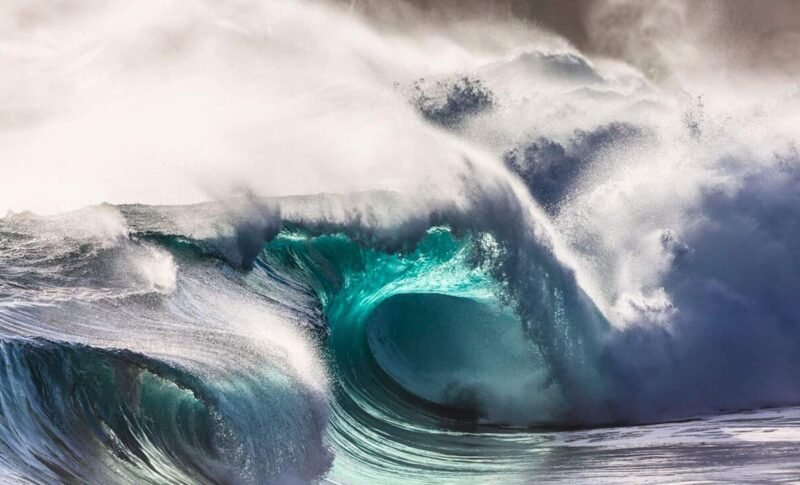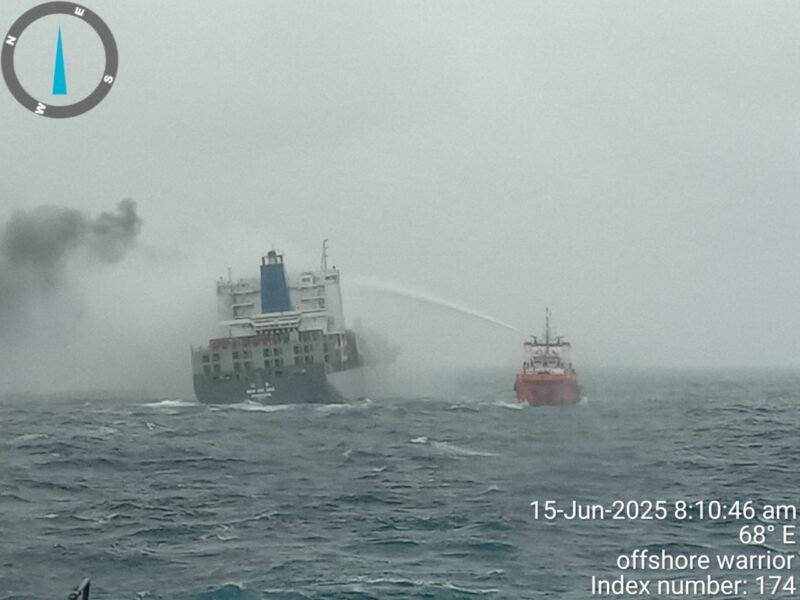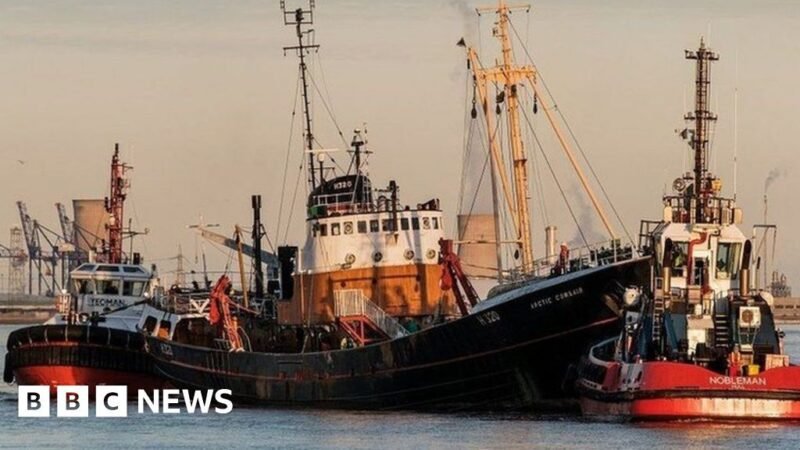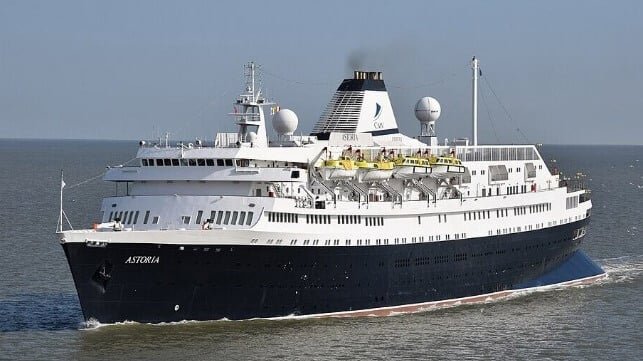In late 2020, an extraordinary event off Vancouver Island challenged long-held maritime beliefs. On November 17, a research buoy near Ucluelet recorded a staggering 17.6-meter wave, equivalent to a four-story building. This wave was remarkable not only for its height but also for its disproportionate size compared to nearby swells, nearly three times higher than its surroundings. Physicist Johannes Gemmrich noted that it exceeded the traditional definition of a rogue wave, marking a significant anomaly in oceanography.
Historically, tales of massive waves capable of engulfing ships were often dismissed as folklore until the confirmation of the 26-meter Draupner wave in 1995. Since then, similar phenomena have been documented worldwide, expanding the understanding of rogue waves. While the Ucluelet wave may not be the tallest recorded, its scale relative to surrounding waves is unparalleled, providing crucial data in a field where direct measurements are scarce.
Such rogue waves, often forming offshore, pose serious risks to maritime operations, including oil platforms and vessels. Their sudden appearance can catch crews off guard, raising concerns about their role in historical shipwrecks. Recent studies suggest that climate change may exacerbate the frequency and intensity of these waves, with projections indicating future rogue waves could be four times larger than current estimates.













